Choosing the right finish is not just about aesthetics; it also plays a pivotal role in the functionality and durability of your paint. You’ve picked the perfect color—now let’s find the finish that can elevate that choice. From flat to high gloss, each finish offers unique benefits and affects how your paint responds to light, touch, and daily wear.

Let’s dive in and give your color choice the perfect partner it deserves!
What Are Paint Finishes?
Before starting your next painting project, it’s important to understand the role of paint finishes. A paint finish refers to the texture and sheen of the surface after the paint dries, which impacts how it reflects light, withstands wear, and holds up over time.
Keep in mind that paint manufacturers often use different names for the same levels of sheen. For example, Benjamin Moore’s Satin has a lower sheen than Sherwin Williams’ Satin. In this guide, we’ll use terms most relevant to our operations, but feel free to reach out for clarification if needed.
Here’s a quick breakdown of the most common paint finishes to consider for your home:
Flat:
When your walls are in need of TLC and you are looking for a lower cost, but thorough covering, flat is the best choice. It will hide nail pops, minor imperfections, and uneven walls. This is why it’s often chosen for ceilings, which receive unique lighting as a result of being above any light source, providing a smooth and even look that is easy on the eyes.
| Advantages: | Disadvantages: |
| Hides surface imperfections well, making it ideal for older walls with blemishes. | Less durable and harder to clean; not recommended for high-traffic areas or where walls may need frequent wiping. With good quality paint, this can be somewhat controlled. |
Matte:
Matte offers a subtle, soft velvety appearance that is often considered more elevated. This finish offers a non-reflective, smooth appearance that excels in hiding surface blemishes and imperfections.
| Advantages: | Disadvantages: |
| Absorbs light, providing a smooth, luxurious, even look that is easy on the eyes and upgrades the look of the space. Also provides solid covering to hide imperfections. | Touch ups may be difficult when attempting to achieve the same finish, particularly with darker colors. Marks and stains more easily, requiring occasional touch-ups. |
Eggshell:
Slightly glossier than flat and matte, eggshell provides a low sheen and better durability, making it suitable for moderate-traffic areas like living rooms and dining rooms.
| Advantages: | Disadvantages: |
| Offers a soft, low sheen that is versatile. More washable than flat finishes. Has moderate to mild moisture resistance. | Eggshell finishes can magnify pre existing blemishes or imperfections in the wall, particularly if the surface isn’t properly prepared. |
Satin:
This is a fantastic option for achieving an elegant look and feel, prioritizing durability as well as aesthetics. If you’re looking for a finish that combines luster with good cleanability, satin is your go-to.
| Advantages: | Disadvantages: |
| A versatile finish that can work both for accents like trims and cabinets as well as full wall coverage. Resists mildew and moisture, and stands up to cleaning without losing its luster. | For a smooth finish, walls must be well-prepped, as satin shows flaws more than matte. Using quality tools like a short-haired roller and premium brushes prevents the orange peel effect, which happens when paint doesn’t level properly, causing uneven surfaces. Slightly more challenging to touch up than flatter finishes. |
Semi-Gloss:
Highly durable and easy to clean, semi-gloss is perfect for trim, doors, and areas that endure a lot of activity or moisture. It reflects more light, adding a subtle shine to any surface.
| Advantages: | Disadvantages: |
| Highly durable and easy to clean, ideal for trim, doors, and areas with high humidity. Bright and reflective, it can help highlight details and clean lines. | Can amplify surface imperfections, requiring thorough preparation and priming. More visible brush strokes and roller marks if not applied carefully. |
High Gloss:
The most durable and easiest to clean of all paint finishes, high gloss is ideal for surfaces that require frequent scrubbing. Its glass-like finish makes it an excellent choice for cabinets and trim, although it can highlight imperfections if the surface isn’t perfectly smooth.
| Advantages: | Disadvantages: |
| Most durable of all paint finishes, capable of withstanding significant wear and tear. Excellent for cleaning and resists moisture, perfect for kitchen cabinets and door frames. | Requires meticulous surface preparation, as it shows every imperfection. Can create a too shiny appearance that might not be desirable for all interior walls. |
When choosing a paint finish for your interior painting project, consider how each option aligns with the needs of your space in terms of durability, light reflection, and aesthetic appeal. Whether you’re comparing finish comparisons for various rooms or determining the best paint finishes for a stylish and practical update, understanding these options will help you make the best choice for your home’s interiors.
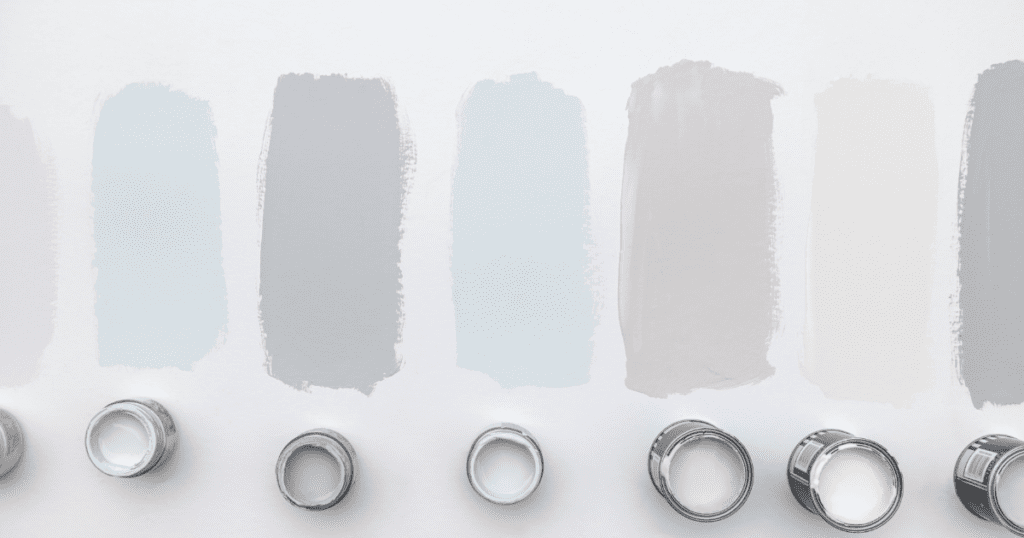
Choosing the Right Paint Finish for Every Room in Your Home
Selecting the ideal paint finish is crucial for both aesthetic appeal and practical utility in your home.
Different areas of your home have unique needs based on traffic, moisture exposure, and durability requirements. Here’s how:
Trim and Moldings:
Semi-gloss and satin finishes are excellent for trim, doors, and moldings due to their durability and easy cleaning properties. Semi-gloss, in particular, provides a subtle shine that enhances architectural details and contrasts well with less glossy wall finishes.

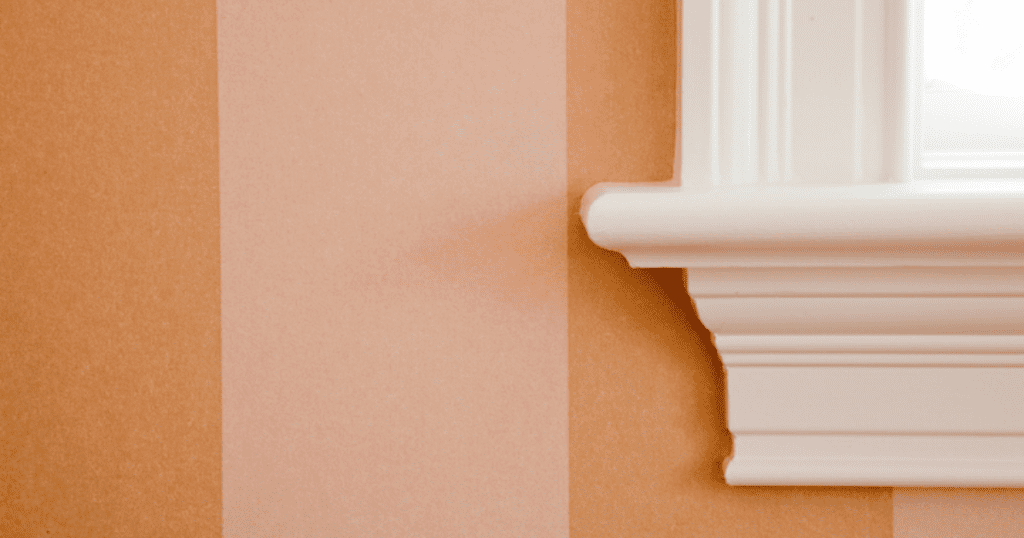
Ceilings:
For most ceilings, we recommend choosing flat or matte finishes to help conceal surface imperfections. These finishes absorb light, providing a smooth, understated appearance that complements the room’s overall design by allowing focus on the walls and furnishings. We use flat finishes around 90% of the time, as it’s the standard choice for ceilings. However, in some cases, a slight sheen can be a good alternative, depending on the desired look and lighting in the space.
Walls:
For bedrooms and living rooms, eggshell and satin finishes are popular. Eggshell has a soft, velvety quality that conceals blemishes and offers some washability. Satin, being slightly glossier, is ideal for higher moisture areas or children’s rooms as it is easier to clean.
Cabinets:
In kitchens and bathrooms, where resistance to moisture and ease of cleaning are paramount, opt for semi-gloss or high gloss finishes. High gloss is particularly effective for darker colors, adding a vibrant, dramatic flair.
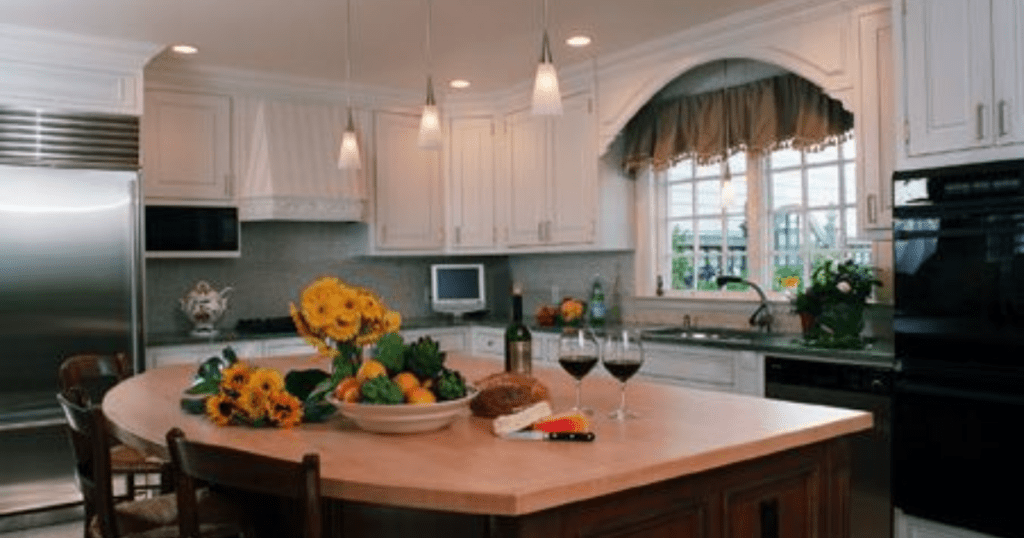
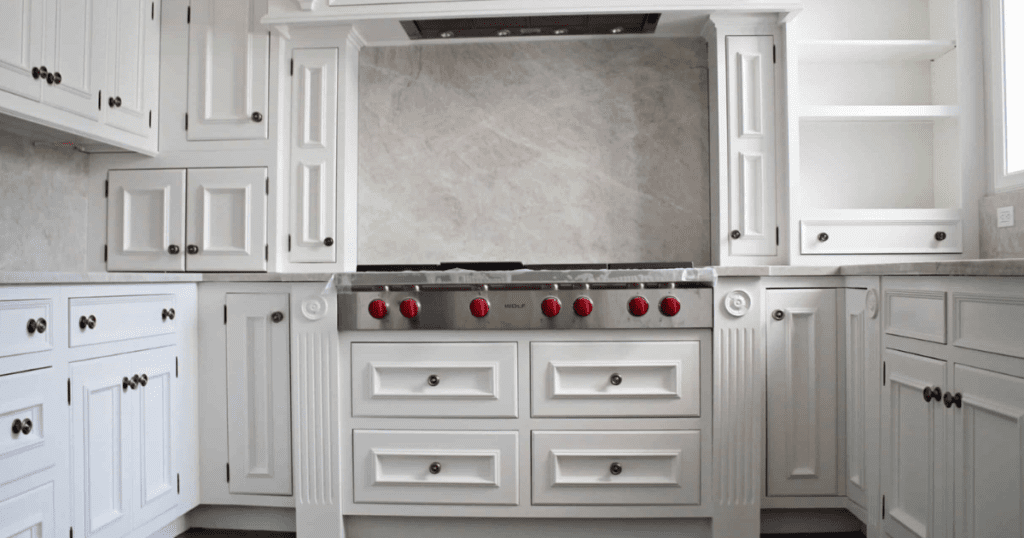
Functional Considerations per Room
Each room in your home serves a different purpose, which influences the best choice of paint finish to meet its specific needs and ensure optimal functionality.
High-Traffic and Moisture Areas:
Kitchens, bathrooms, and laundry rooms benefit from more durable, glossier finishes like satin or semi-gloss. These finishes resist humidity and are easy to wipe down, making them practical for areas that face frequent moisture exposure.
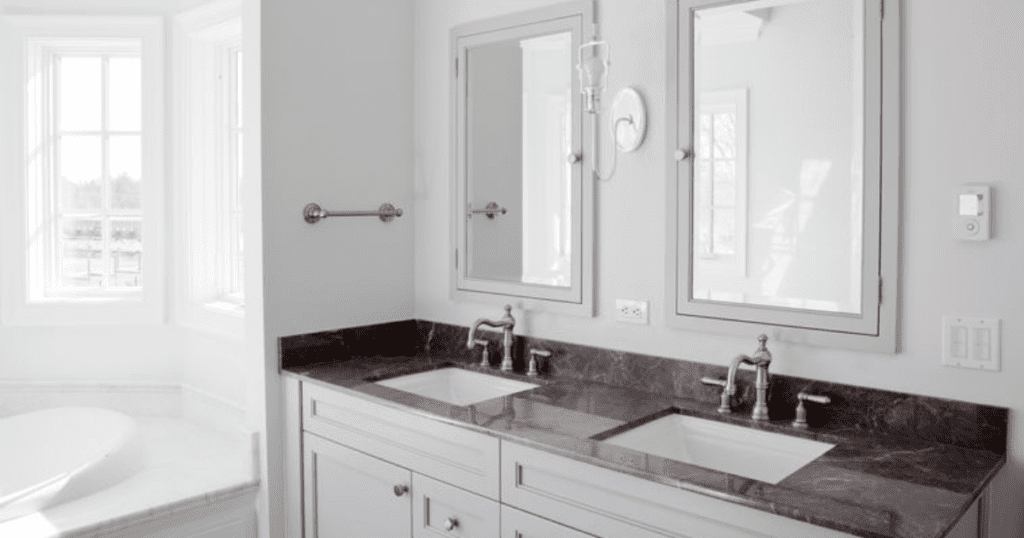

Bedrooms and Living Rooms:
These less trafficked areas are well-suited to matte or eggshell finishes, which offer a classic look and can hide minor imperfections.
Light Exposure:
Consider the amount of natural light a room receives. Glossier finishes reflect light beautifully and are suitable for well-lit spaces, whereas matte finishes are better for rooms with less light to minimize the appearance of imperfections.
Maintenance Needs:
If your household includes pets or children, choose finishes like satin or semi-gloss that are easier to clean and maintain.
Wall Condition:
Evaluate the age and condition of your walls. Older walls with visible imperfections benefit greatly from matte or eggshell finishes.
Testing Your Choices:
Always sample paint finishes in small sections of your walls to observe how they change with varying lighting conditions throughout the day. This step helps ensure the final result meets your expectations without surprises.
By understanding the specific needs of each room and selecting the appropriate paint finish, you can enhance both the function and style of your space. Whether updating a single room or your entire home, the right finish can significantly impact the overall look and feel of your interiors.

Ask A.G. Williams Painting Company for Professional Guidance
Choosing the right paint finish is crucial—it’s about creating spaces that look stunning and function optimally in your daily environment. Whether you’re updating your kitchen, bathroom, or living room, the durability and appearance of your paint depend significantly on the finish you select. A successful paint project combines the perfect hue with the ideal finish to withstand daily demands while maintaining its aesthetic appeal.
If you’re unsure about the best finish for your home, A.G. Williams Painting Company is here to help. Our experts will guide you through the selection process, ensuring your painting project exceeds your expectations.